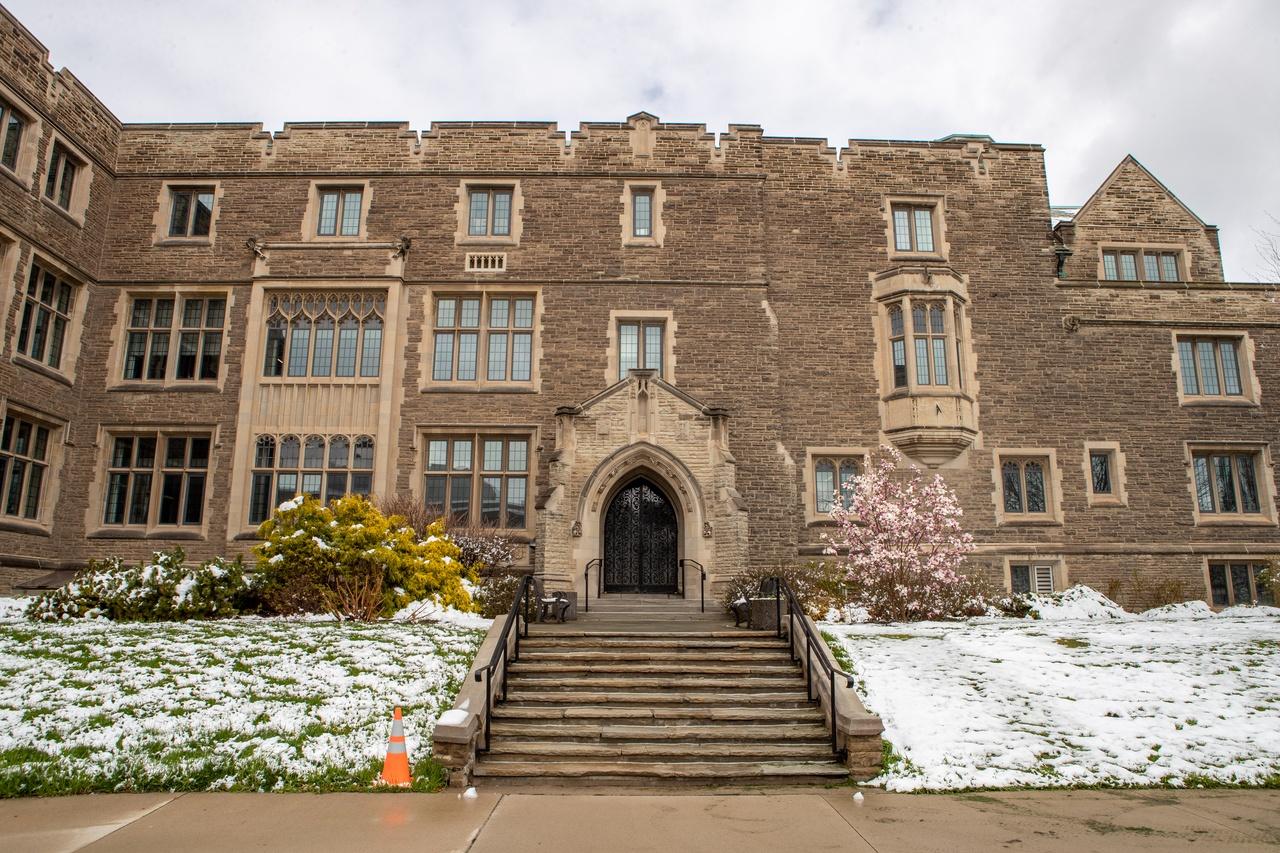Gail WolkowiczProfessor, Mathematics and Statistics
Overview
My students and I have been formulating and analyzing models motivated by questions in ecology and epidemiology. One goal is to better understand basic population dynamics so that measurable criteria can be developed, enabling scientists to predict combinations of cultures of microorganisms, most effective and safest for use in such processes as water purification and biological waste …
Areas of Expertise
McMaster Affiliations
Background
Degrees
B.Sc. Mathematics
McGill University
M.Sc. Mathematics
McGill University
Ph.D. Mathematics
University of Alberta
Contact
wolkowic@mcmaster.ca
(905) 525-9140 ext. 24808
